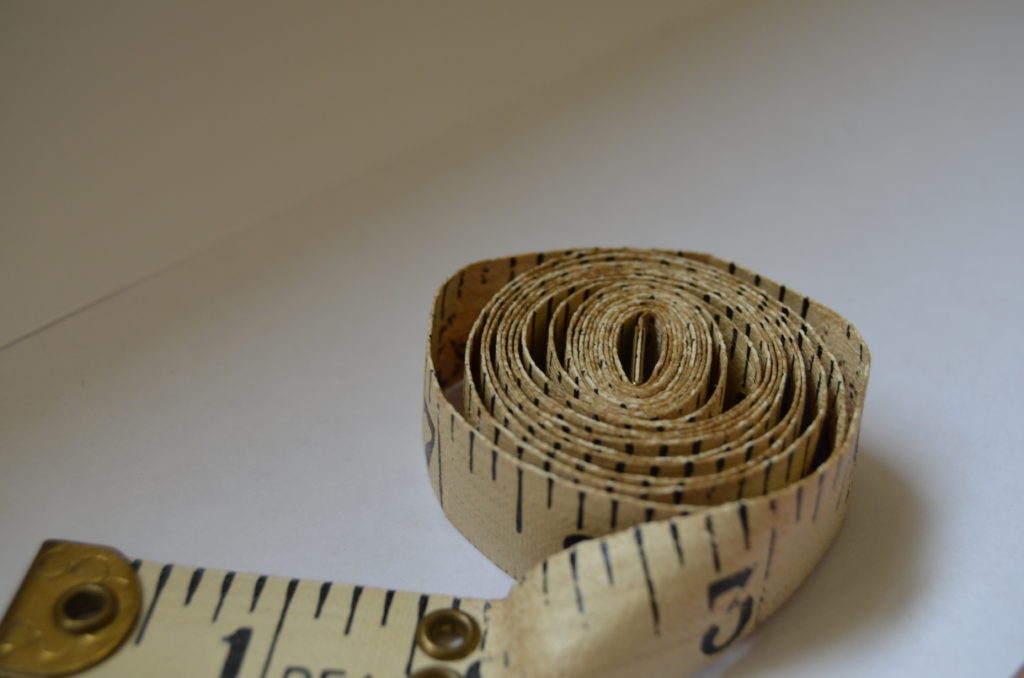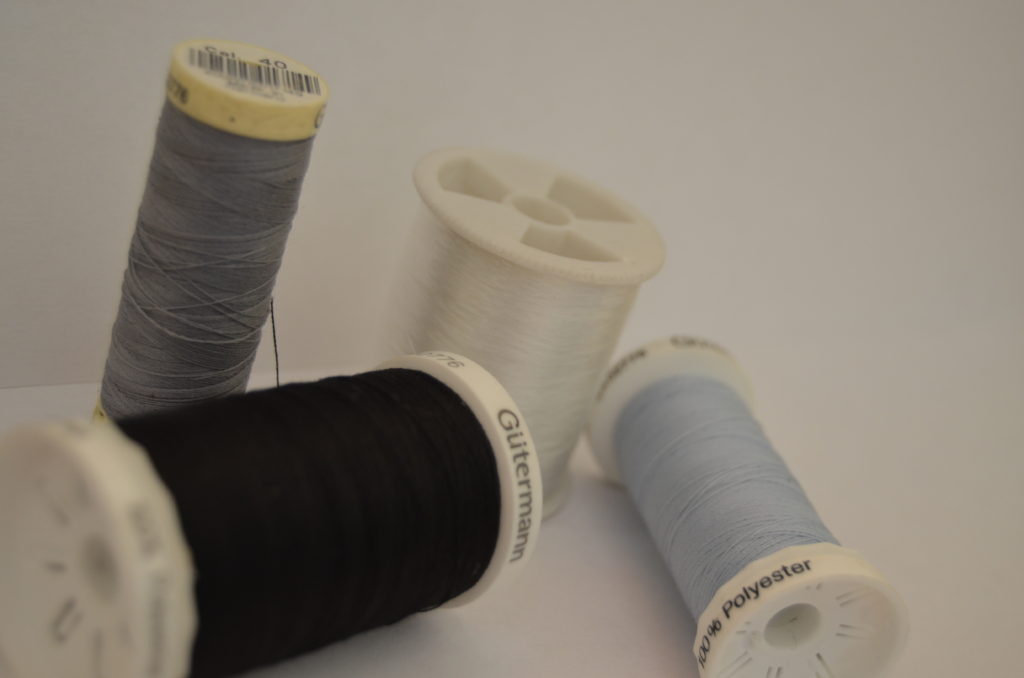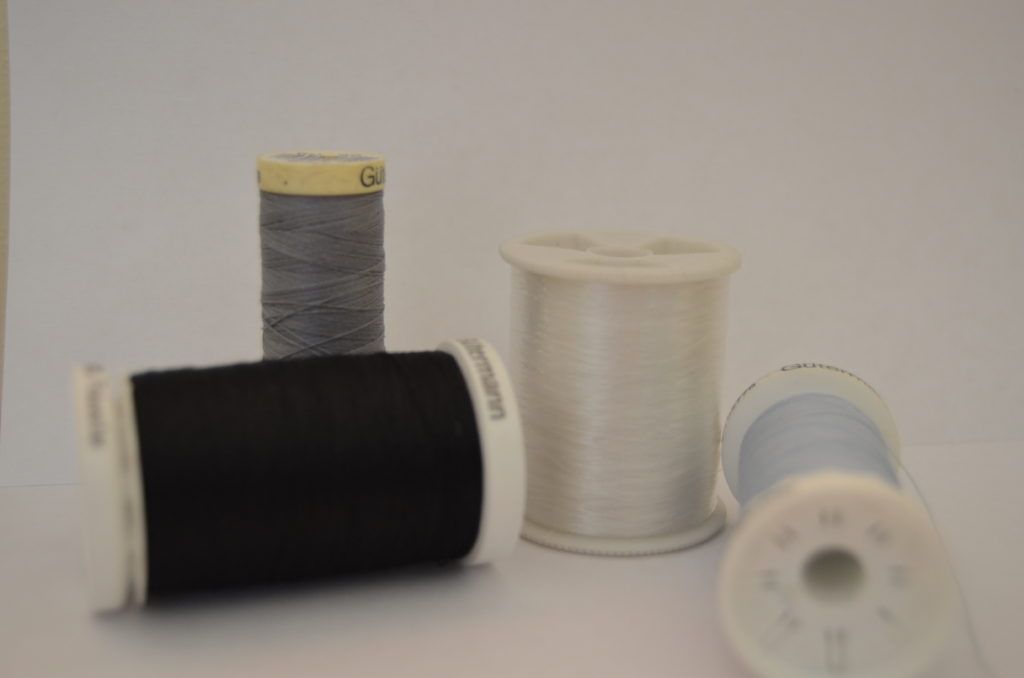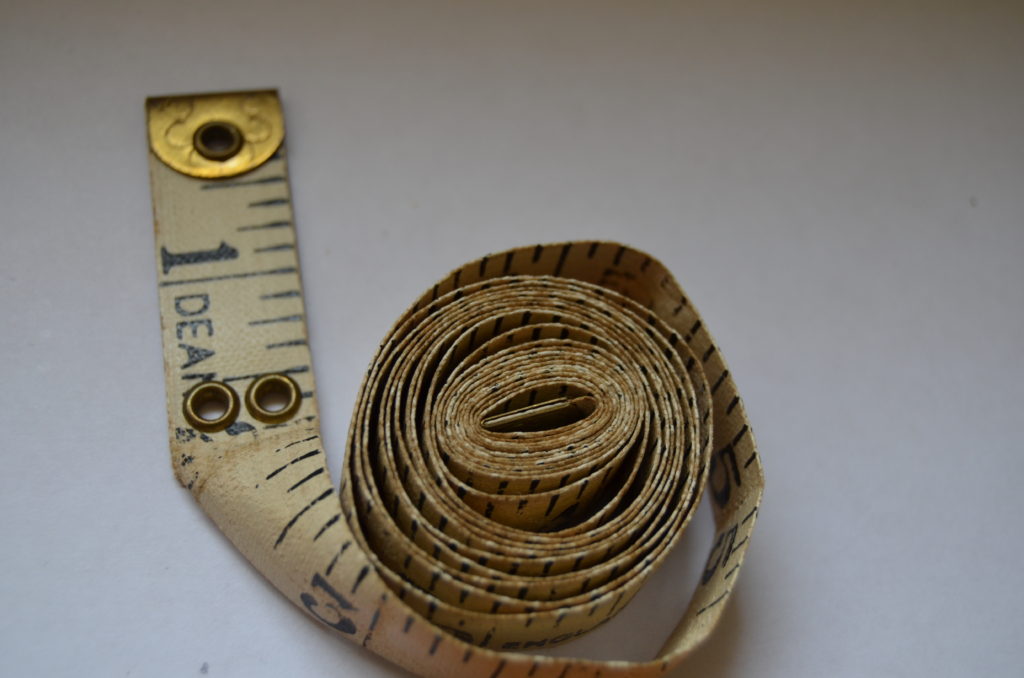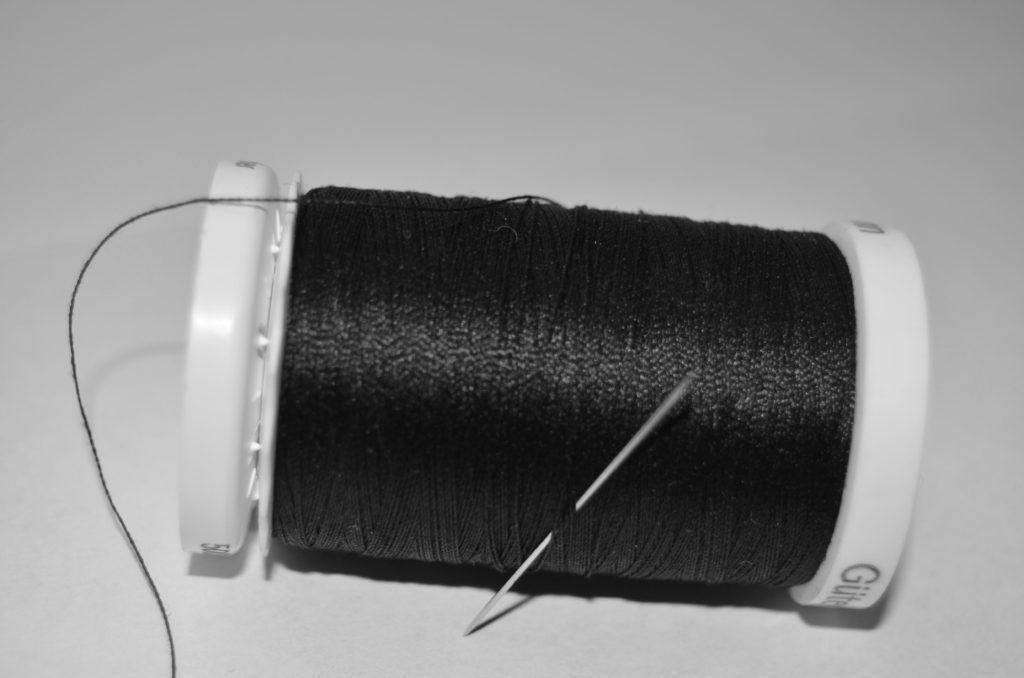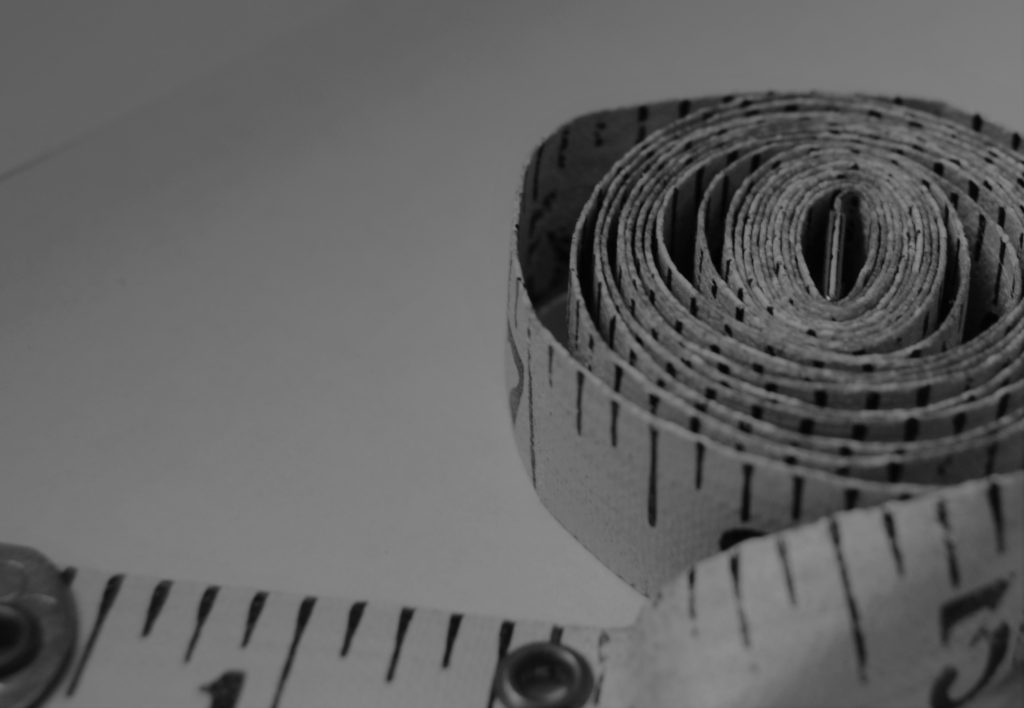ALBERT RENGER PATZSCH
German photographer Albert Renger Patzsch was a pioneering figure in the objectivity movement, which sought to engage with the world as clearly and precisely as possible.
He focuses on black and white photography and noticed the changes that the world was facing during that period in time. The industrial revolution was still reasonable new at this stage so where lovely views once were, large buildings constantly creating smoke and smog replaced them.
In addition to this, he focuses on repetition of patterns and items so I will try and make sure that if I take a picture of one singular thing, it will have a pattern or texture that is repeated.
His project “the world is beautiful” looks at the way the camera interacts with things in the world. One of photography’s fundamental attributes is its capacity to adopt a range of relationships with its subject. Renger-Patzsch’s approach embodied his belief that ‘one should surely proceed from the essence of the object and attempt to represent it with photographic means alone’ (taken from the national gallery of Australia)
Image Analysis

It looks like this image was taken in a natural light as there is no glare on the buttons from where the flash had hit it. In addition, the buttons have a slight shine from the sunlight.
Some of the buttons have a slightly rough texture causing the light to only make the first half of the button shine as the raised bumps are creating a shadow for the rest of the button.
The image has a playful and nostalgic mood as many people who went to haberdashery shops always saw 100s of buttons lay around in different places. The viewer may have played with the buttons on their shirts or cardigans causing happy memories to flood back.
Image Analysis

This image shows lots of loaves of bread all lined up on a wooden surface. They seem to be uncooked as there is no varying shades on the bread that the viewers can see. However there is a few different textures allowing the reader to focus on the ends of each loaf rather than the middle.
The fact that they are all an equal shape and are all in rows and columns allows the viewer to see that this was taken in a factory or bakery because not many civilians had the time to make that many loaves of bread.
However, the image creates a homely mood because even by looking at the image, the viewers could be able to imagine what the smell of the freshly baked bread would be like once this batch had come out of the oven.
The tones in this image are mainly light, except for the gaps in-between each loaf and also between the wood and the bread, where they block the raised parts of the bread block out the light for the loaves either side of it. This repeats throughout the whole image.
Images by Albert Renger Patzsch

Shoot One

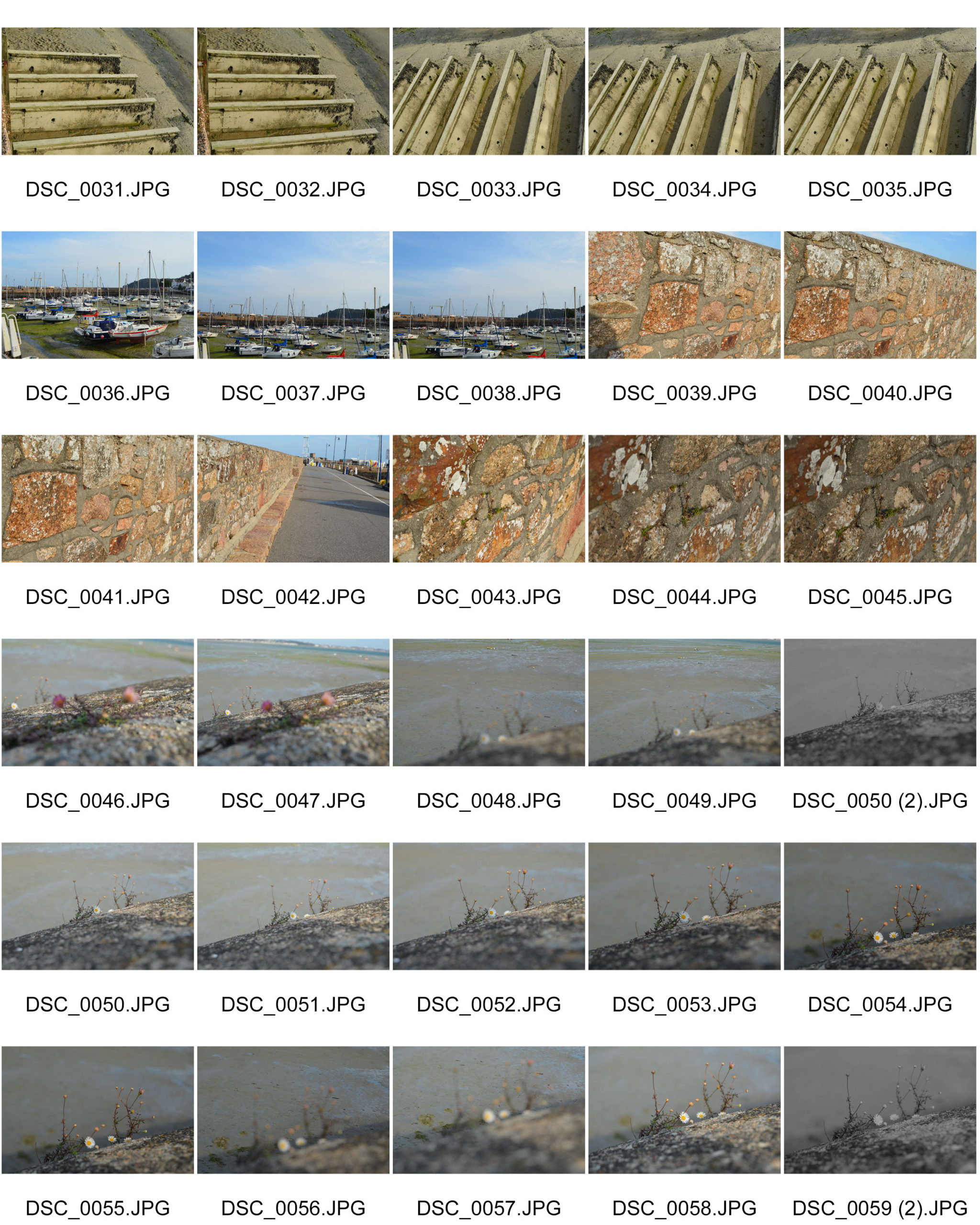



Favourite Images (unedited)
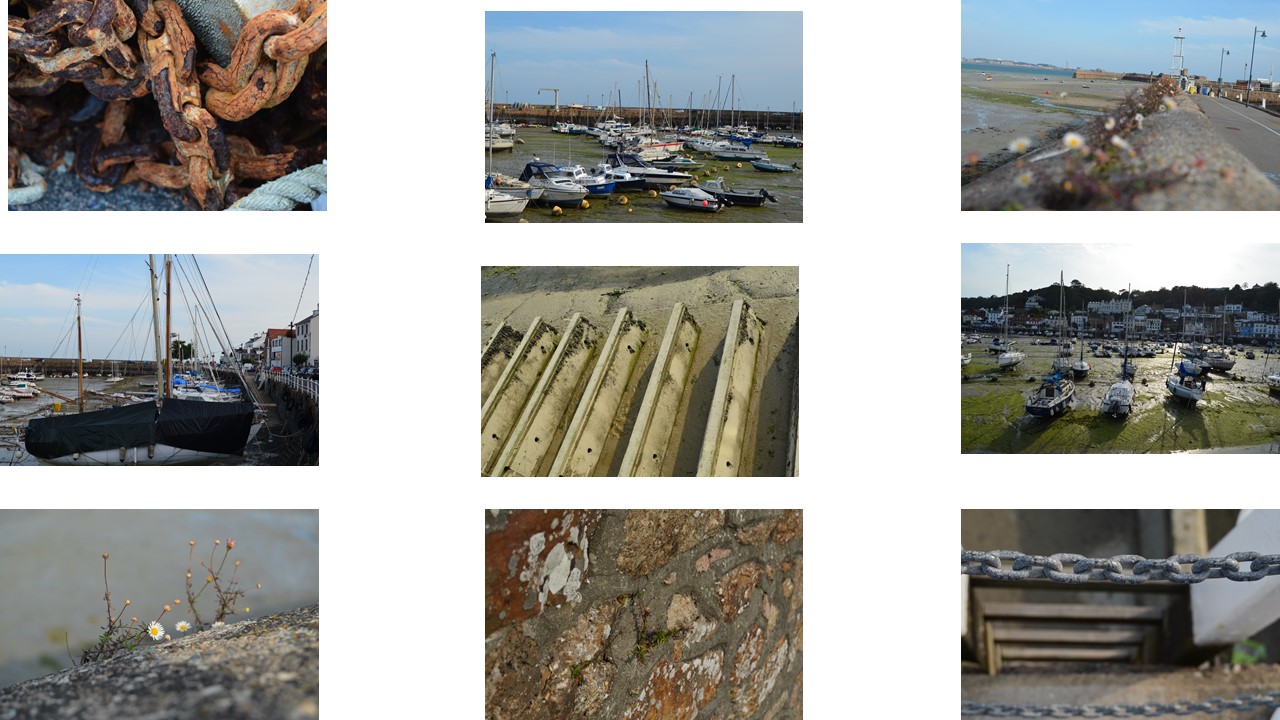
For my First shoot, I went out to St Aubin. I went there because it has so many things that repeat. For example, the boats that are parked in rows in the harbour; the ladders surrounding the harbour so people can get out, the chains attached to the anchors and also chains that are used as a barricade.
Favourite Unedited image

My favourite unedited image would probably be the rusty chain as it shows that they can be used for a very long time ; and was created in mass during the Industrial Revolution when Renger was alive.
Lighting: The natural light allows the copper colour to pop and also highlights the peeling of the corroded metal.
The shadows that are created on the floor by the coiled up chain allows the viewer to focus on something other than the rusty chain, it allows the view to wonder whether the dark patch has anything underneath or whether it is just an empty space.
The links in the chain allow the viewer to see a common pattern; however, the cracks that are created by the rusty chain allow the viewer to focus on the different shapes that the corrosion had created.
Edited Images

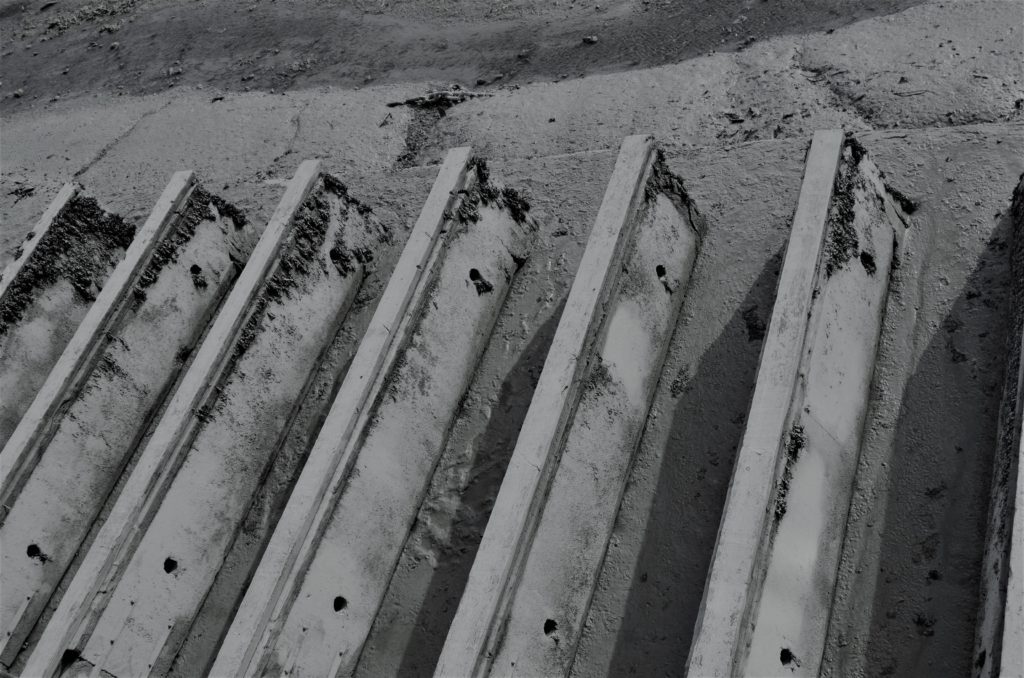
Favourite edited image
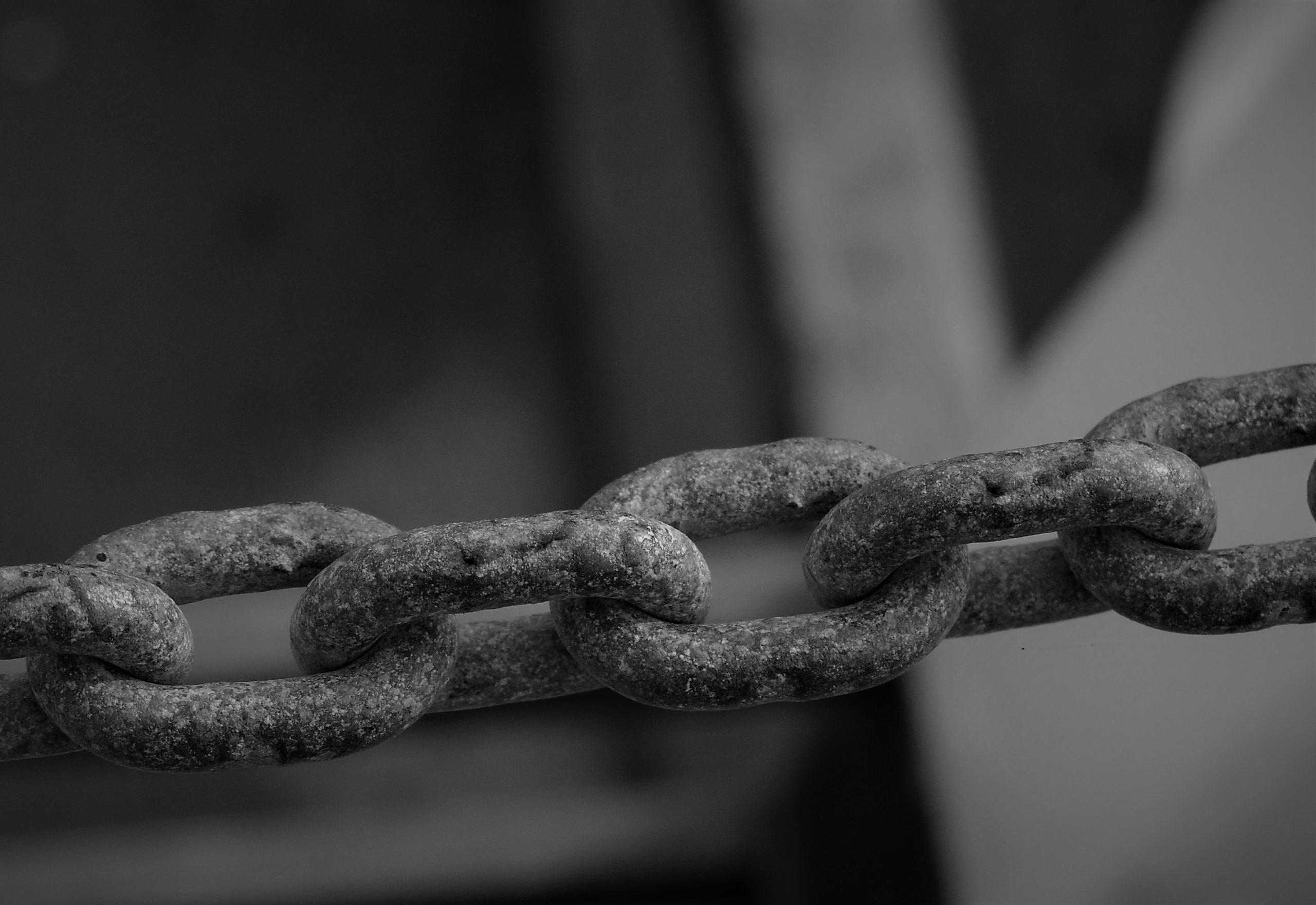
This is my favourite outcome from this shoot because I love the texture on the chain and how it’s beginning to corrode and therefore has chunks of each link missing. The chunks that are missing from the chain are a way to keep the viewer interested in the image because if it was just a normal chain it would be boring as most chains are the same. One could say the corrosion gave it some character.
The sunlight also hit the corners of each link causing there be be a shadow in the centre of the links as each link blocked another’s light.
The chain is a little off centre because I wanted to keep the drop from behind the chain in shot.
Shoot two
For my second shoot I was inspired by Patzsch’s image of five buttons on a plain white surface. My mum does a lot of sewing, so I took a few photographs of what was in her sewing box. The tape measure is between 80-90 years old as it was my Great Grandmother’s. I used the tape measure in particular because of its age, and the fact that Patzsch’s images were taken in black and white which is often associated with the past.
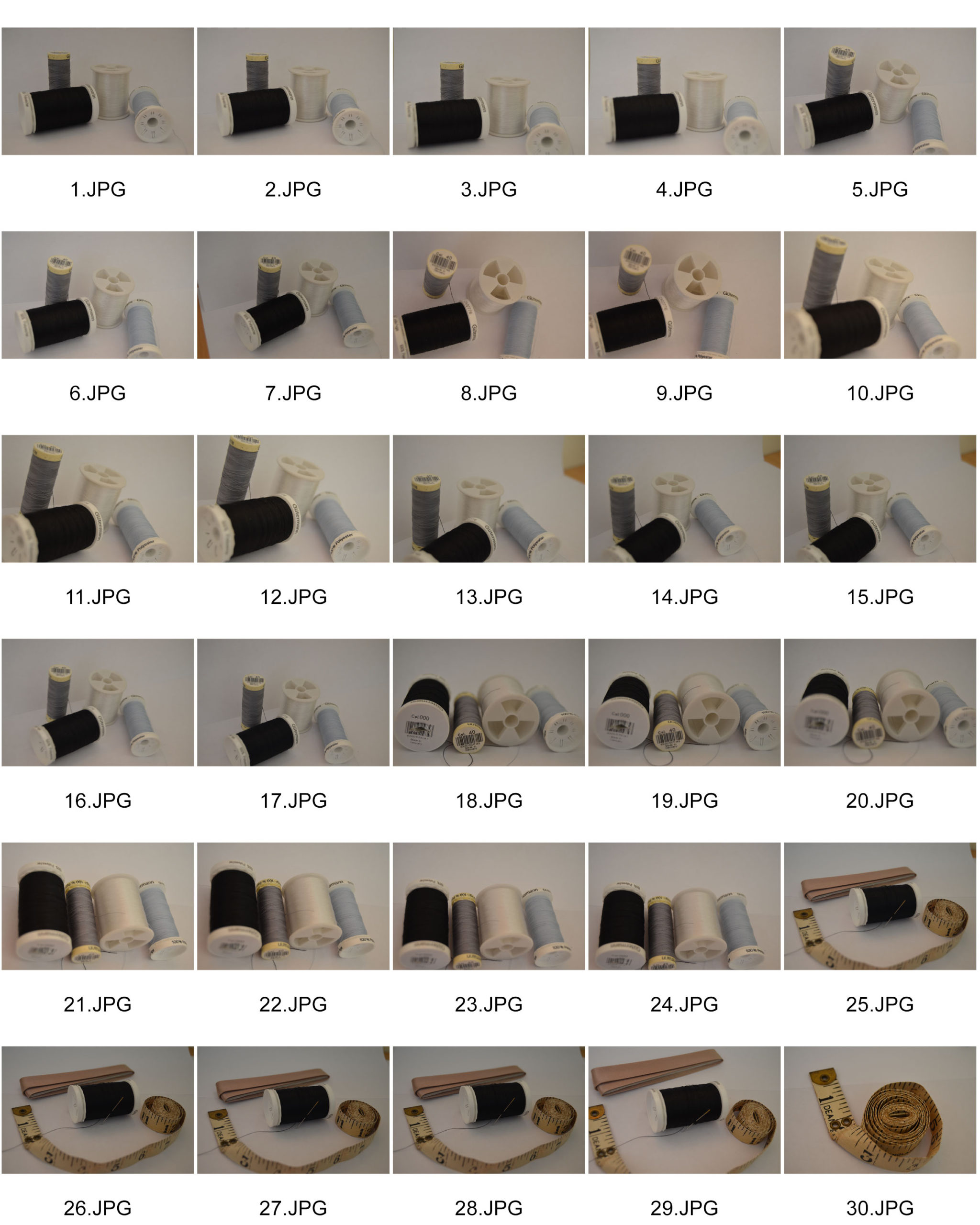
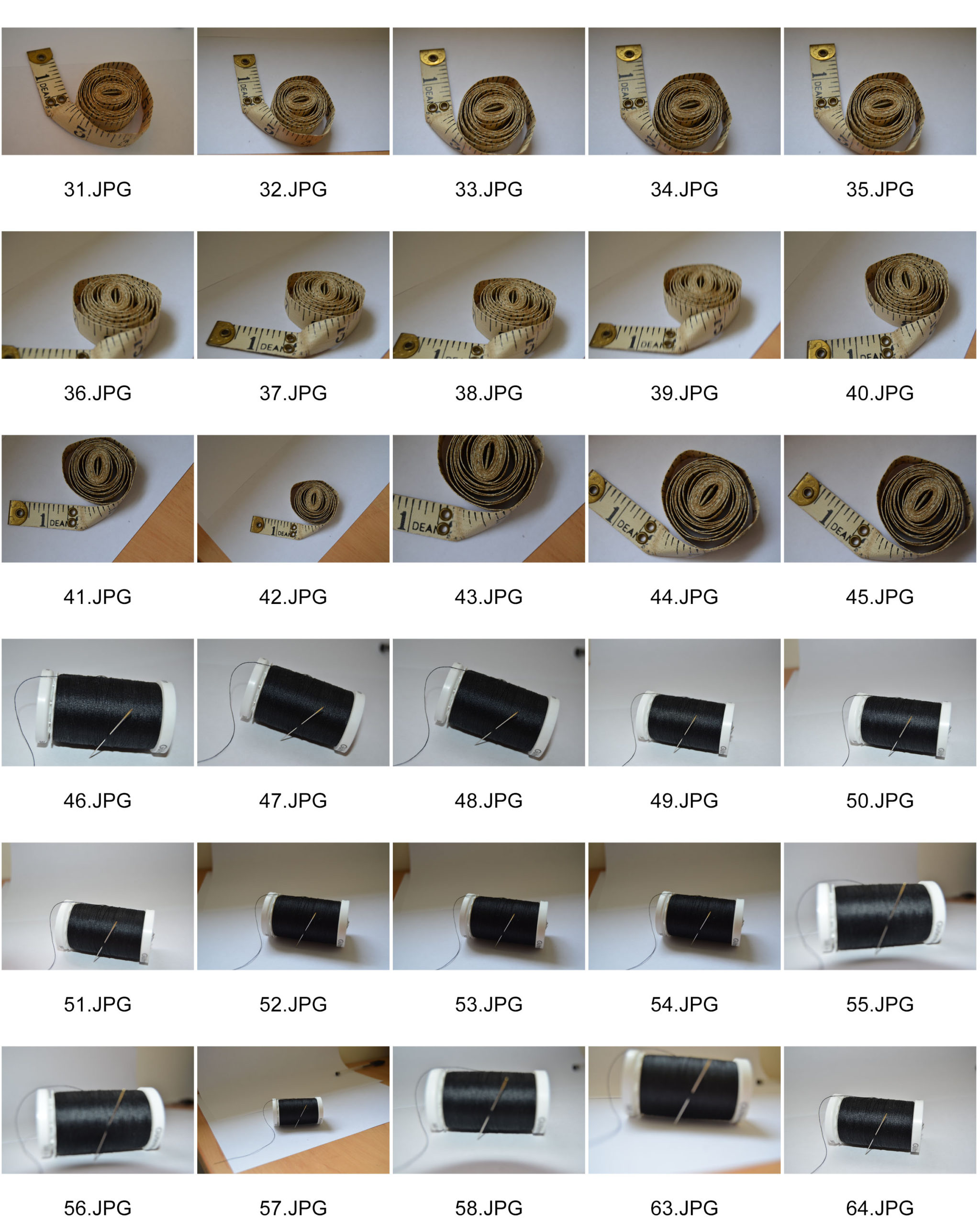
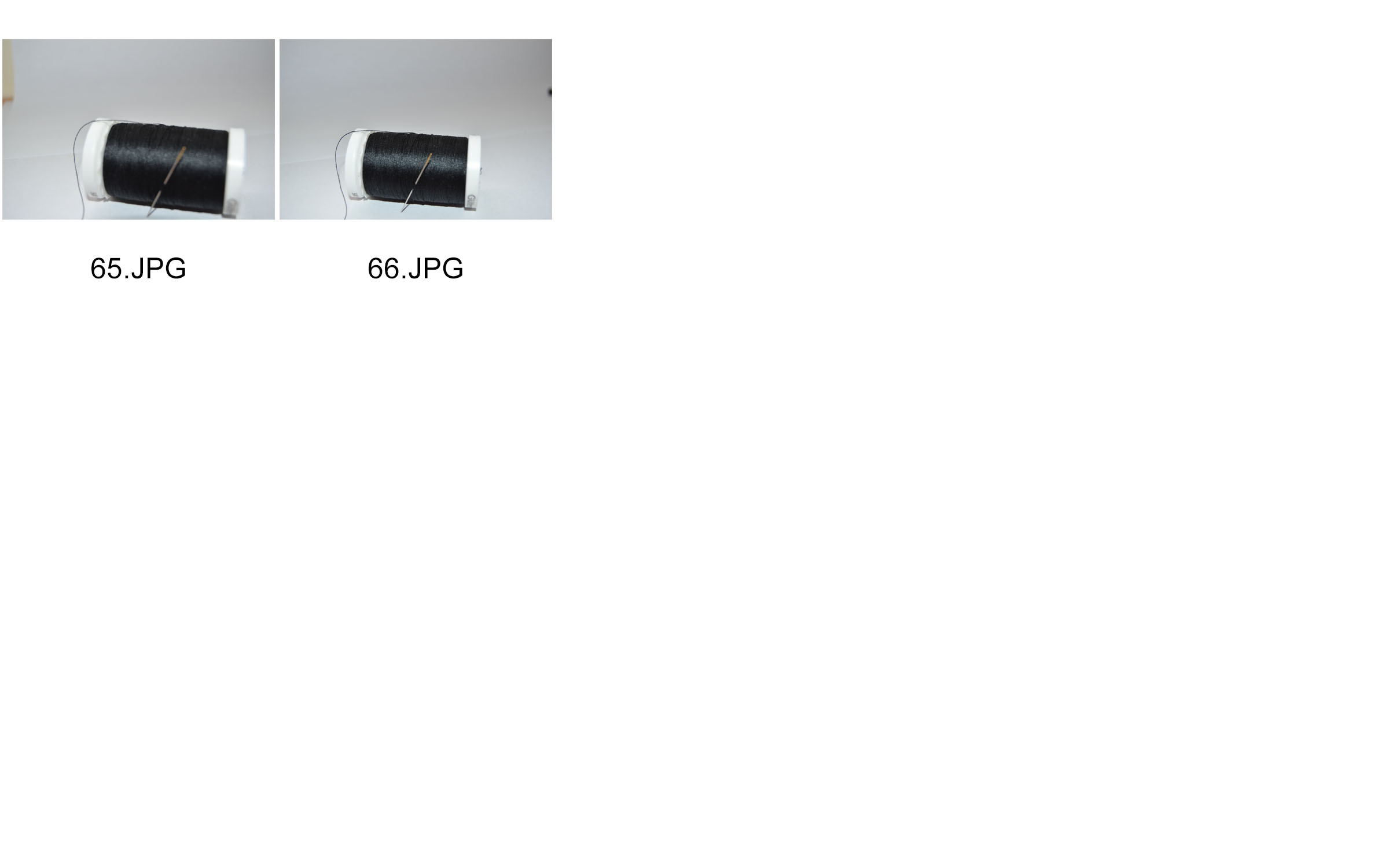
Successful unedited images
Successful Edits
These are my most successful edits. I prefer some of these images more than the first shoot I did. I loved taking the close ups of the tape measure and thread as individuals rather than in the group with other items.
Favourite Image

I cropped this image to make the tape measure be the focus of this image, however I didn’t make it central because I wanted to keep the end of the tape measure that was lose in the image as well.
I didn’t have the flash on my camera as I wanted the light to be smooth. So the light used was from the window just as the sun was above it, so it created a natural glow on my surface.
The tape measure, because of it age, has some dints in the fabric which creates kinks in the what seems like an infinite spiral. In addition, the tape measure’s paint has worn a bit which links with the main idea of things changing over time. This tape measure is very old, and I think it works well with the black and white filter.
Before and after editing

